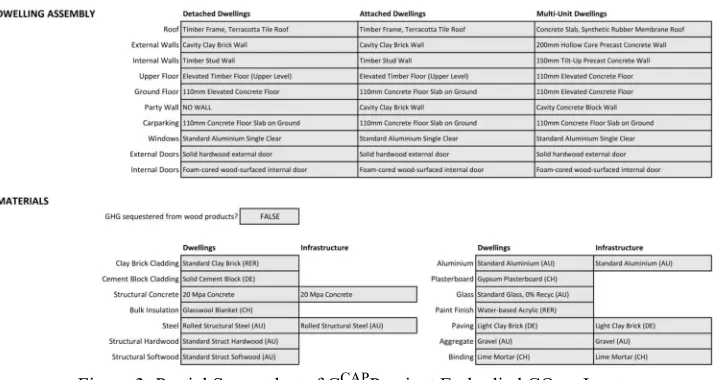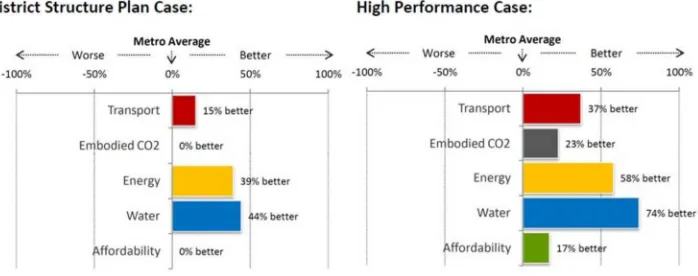Measuring carbon for urban development planning
Full text
Figure




Related documents
Using the geographical coverage of banks, we consider each bank as a portfolio of real-estate locations; this enables us to identify the effect of real estate losses on their
When we take into consideration market size and occupancy rate in the City, the Broadband Utility could potentially achieve a take rate of 43.2 percent of residential users,
Converted-wave ray-impedance inversion consists of a similar work flow to the P-P wave ray-impedance inversion: (1) transforming common-image-point gathers from the offset domain
Some features exhibit correlations in both states (e.g. L-MCA raw signal synchronization index is always correlated to the right foot standard deviation or R-MCA raw signal
The development of intercultural communication has received renewed attention in the professional literature in the past decade. In response to changes brought about by a
Many programs have taken active steps to offset these difficulty points (Marreno & Settle, 2005). Some changed the language that is typically taught in a first program-
and unselected AML population, both treated and untreated, and gives back- ground to treatment decisions for the elderly. Standard intensive treatment im- proves early death rates
For both buyers as well as past purchasers, the most common data management approach is a mix of internally developed systems, commonly available tools and off-the-shelf

